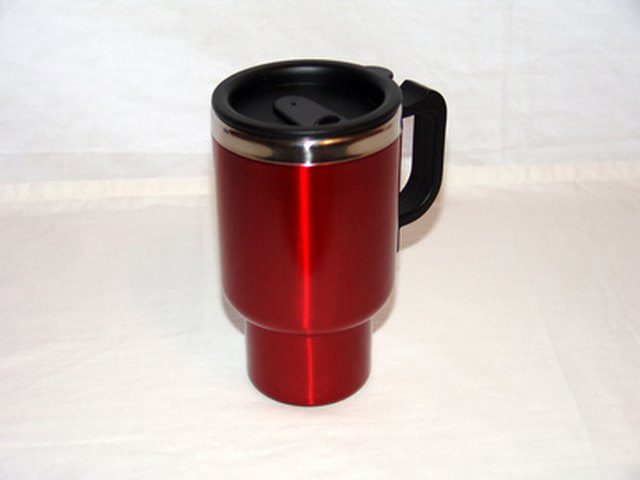20 Up-and-comers To Watch In The Reusable Cable Ties Industry
I would like to inform you about the sordid and shocking history of the zip tie, however the truth is that zip ties have the kind of ordinary and predicable history that you would get out of such a needed and important tool. The short version, for those who are just searching to kill a long time at work and don't actually care is this: someone realized that it would be helpful, and they invented it.
The initial zip ties were called cable television ties-- undoubtedly they are still regularly called cable television ties today-- and were developed specifically to bundle cables together. As use of electrical cable televisions grew more and more widespread the requirement to bundle and arrange all those unpleasant strings of cable increased also.
Zip Tie Pantents

Thanks to the boundless understanding of some guy on the internet-- to put it simply Wikipedia-- we understand we can see the history of zip tie patents here.
The very first zip ties were patented by a company called Thomas & Betts in 1958 and the function of the zip ties was originally to hold wire harnesses in aircrafts. Interestingly the very Great post to read first zip ties were completely metal and were built in a 2-piece design. I think we can both concur that utilizing a metal tooth and https://en.wikipedia.org/wiki/ETFE cog style to close firmly over electrical wires was not the best possible application of the idea.

Gladly for us and the airline company market, other business improved on the style. The initial step was moving away from metal with the awareness that nylon would most likely be a much better material to run the risk of coming into contact with wires-- not to mention the truth that the nylon was remarkably less costly to produce. The first nylon zip ties were two-piece styles in which the zip tie and the ratchet head were produced individually.
Lastly in 1968 a company called All-States decided on the one-piece nylon zip tie design that we understand and love today. Easy to utilize, and efficient in holding just about anything onto anything else-- holding signs onto fences, holding my workplace door open, holding the rabbit fence onto the garden posts, and stringing Christmas lights outside your home.
Oh, and they're still great for bundling wires together too.